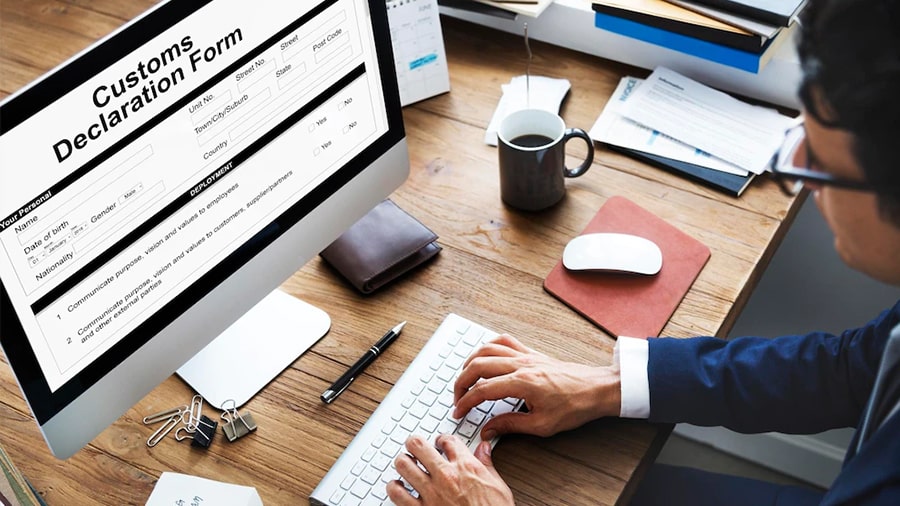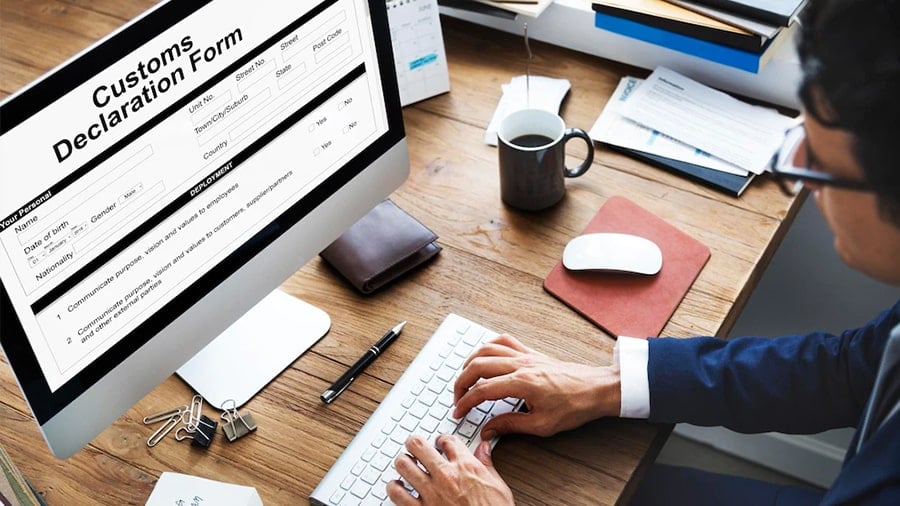Customs clearance can be a daunting process, especially for first-time importers and exporters. It involves various steps and requirements that need to be met to ensure compliance with Canadian customs regulations.
In this blog post, we will provide an overview of the customs clearance process in Canada, including what it involves, who is responsible for it, and what documents are required.

What is Customs Clearance?
Customs clearance is the process of getting goods through customs so that they can enter or exit a country. It involves a series of steps to ensure that the goods meet all the requirements set out by the customs authorities. In Canada, the Canada Border Services Agency (CBSA) is responsible for administering customs clearance procedures.
What Does Customs Clearance Process Involve?
The customs clearance process in Canada involves several steps, including:
-
-
Documentation: The first step in customs clearance is to ensure that you have all the necessary documentation for your shipment. This includes commercial invoices, bills of lading, and other documents that prove the origin and value of the goods.
-
Assessment of Duties and Taxes: The CBSA assesses duties and taxes on imported goods based on their value, origin, and other factors. You will need to pay these duties and taxes before your goods can be released from customs.
-
Inspection: The CBSA may inspect your goods to ensure that they comply with Canadian regulations. This may involve physical examination or testing of the goods.
-
Release: Once your goods have been assessed and inspected, the CBSA will release them for delivery to their final destination.
-
Do I need a Customs Broker?
A customs broker is a licensed professional who can help you navigate the customs clearance process. While it is not mandatory to use a customs broker, many importers and exporters choose to do so to ensure compliance and avoid delays.
A customs broker can help you with:
-
-
Classification of Goods: A customs broker can help you determine the correct classification of your goods and ensure that you are paying the correct duties and taxes.
-
Preparation of Documents: A customs broker can help you prepare the necessary documents for customs clearance, including commercial invoices, bills of lading, and other paperwork.
-
Communication with CBSA: A customs broker can communicate with the CBSA on your behalf, which can be particularly useful if there are any issues or delays with your shipment.
-
Expertise in Customs Regulations: A customs broker has expertise in Canadian customs regulations and can help you navigate any complexities or changes in the rules.
-
Who is Responsible for Customs Clearance?
The responsibility for customs clearance depends on the terms of the contract between the buyer and seller. In most cases, the importer is responsible for customs clearance. However, some exporters may handle the customs clearance process themselves or use a customs broker to handle it on their behalf.
What Documents are Required for Customs Clearance?
The documents required for customs clearance in Canada may vary depending on the nature of the goods being imported or exported. However, some of the common documents that may be required include:
-
-
Commercial invoice
-
Bill of lading
-
Packing list
-
Certificate of origin
-
Import/export permits
-
Customs bond
-
In conclusion, customs clearance is an essential part of importing and exporting goods in Canada. It involves a series of steps to ensure compliance with Canadian customs regulations. By understanding what is involved, who is responsible, and what documents are required, importers and exporters can navigate the customs clearance process with confidence.
 (604) 757 2441
(604) 757 2441